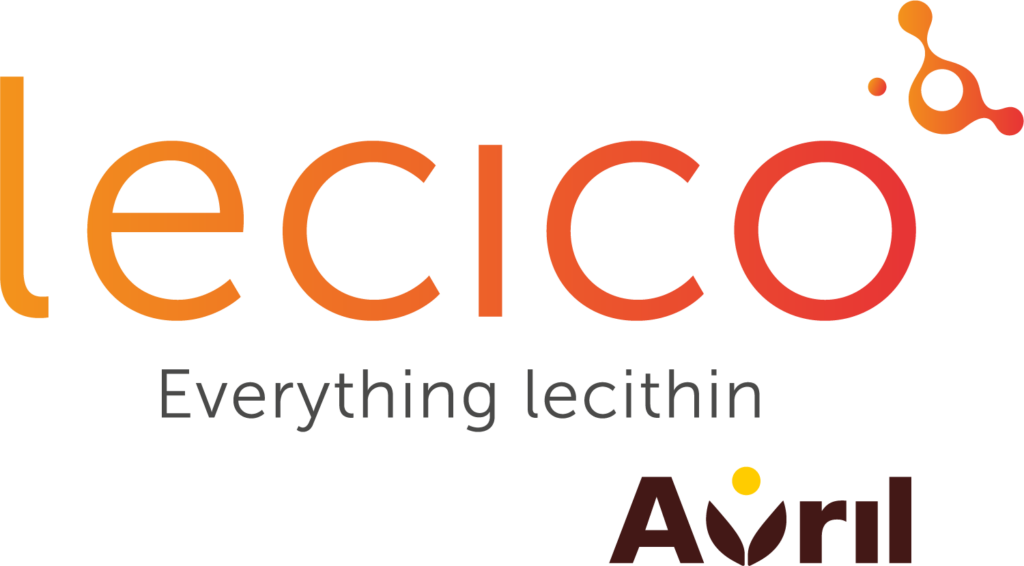Industrial Applications
Farben, Lacke und vieles mehr
Lecithin plays a growing role in the chemo-technical industry because of the growing environmental awareness of the people and the increasing need for biodegradable substances.
Leather and Textiles
It is used both for soothing and softening of textile but also in leather tanning as natural dispersant. A very specialised application is for textile dying where lecithin is used to encapsulate the textile dye in liposomal form, thus to have a more efficient dying and to avoid high waste water burden because of inefficient binding of the dye to the textile fibre
Paint and Inks
Paints and inks are pigments dispersed in a solvent or water. Lecithin is used to improve the dispensability characteristics of the pigments resulting in more even distribution of the pigments. Lecihtin is also a good release pr parting agent. The polar groups tend to bind on metallic surfaces and the nonpolar fatty acids act as slipping agent. Therefore is improves adhesion of the coat by ensuring good wetting of the base and prevents surface flaws due to optimum pigment packing.
Industrial Microbiology
Industrial microbiology is applied to the production of chemicals as well in the field of wastewater treatment and mining. For the cultivation an excellent nutrient for the fermentation process is required. Lecithin is such a micro-nutrient. Soil polluted with petroleum can be remedied by lecithin, used as an emulsifier, dispersing and increasing the digestabilty of the petroleum by microorganism.
Plant Protection
Final products for plant protection are normally marketed as emulsions in concentrated form. They contain active biocides ingredients, emulsifier, organic solvents and oil. Lecithin increases the efficiency of biocides resulting in lower dosage of toxic active ingredients, reducing the burden on the environment. In addition it enables to get stable aqueous emulsions and improve dispersion of the active ingredients.

Main Advantages
- binds metallic surfaces
- act as slipping agent
- excellent release or parting agents
- improves adhesion of the coat
- prevents surface flaws
- gives leather a soft touch
- increases the efficiency of biocides
- natural micronutrient for fermentation processes

